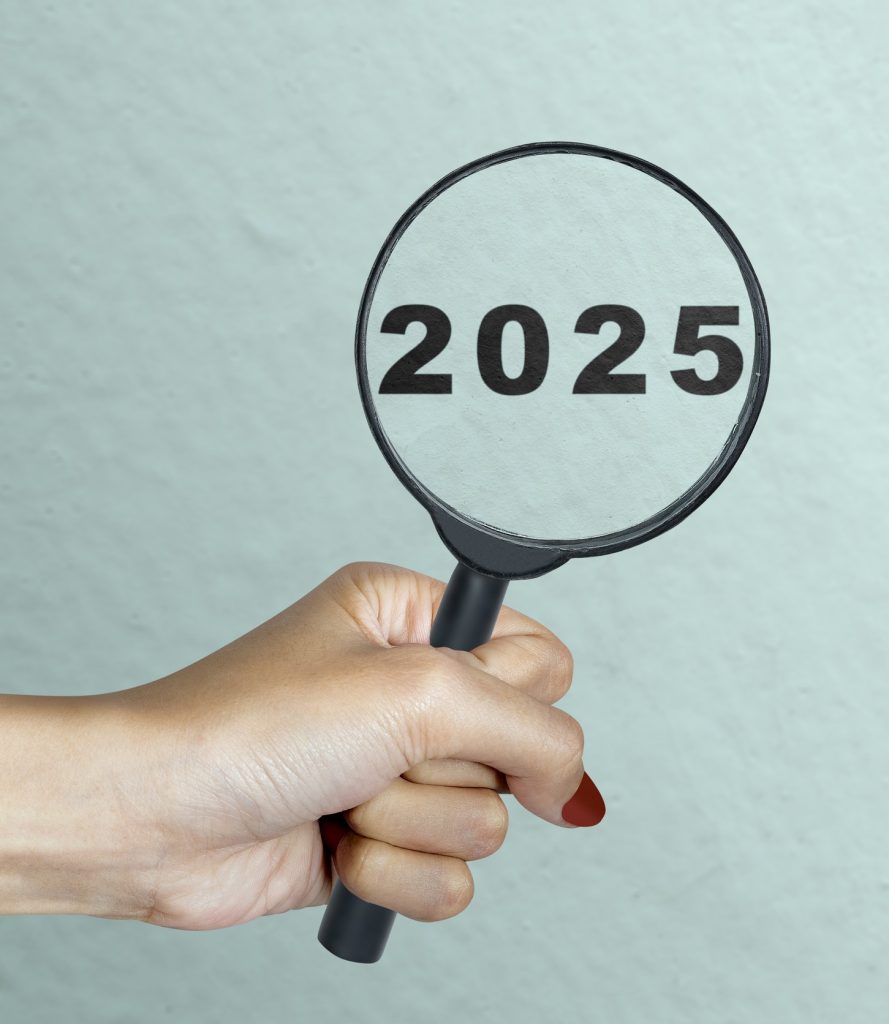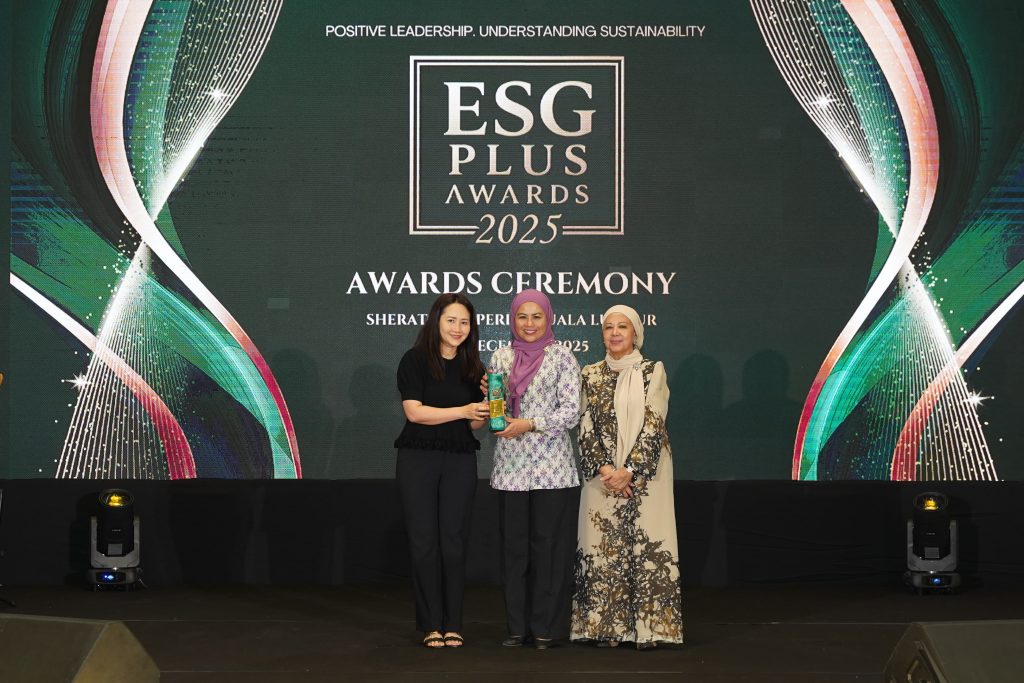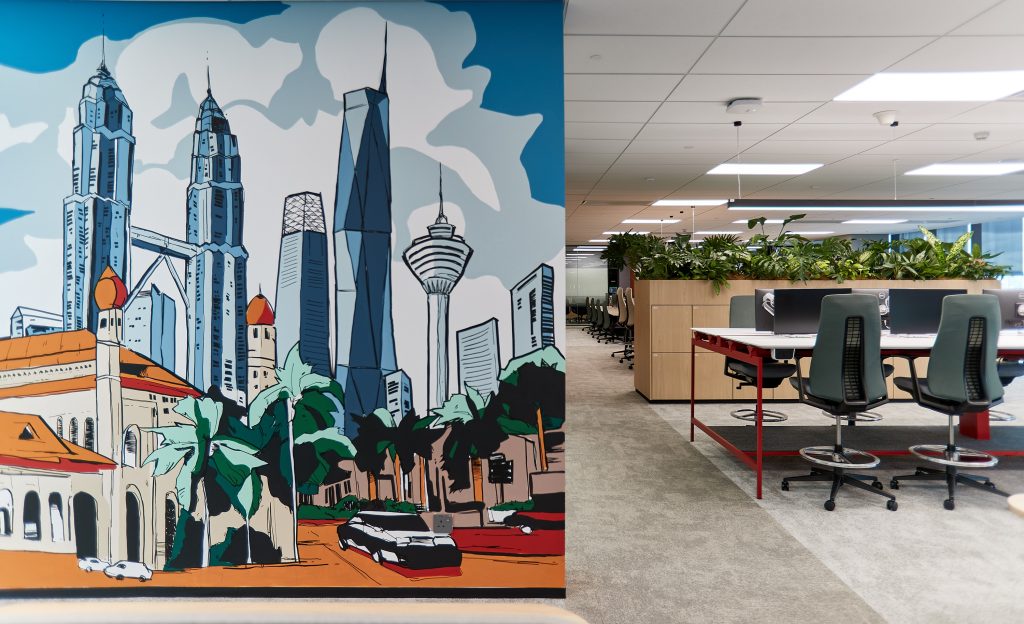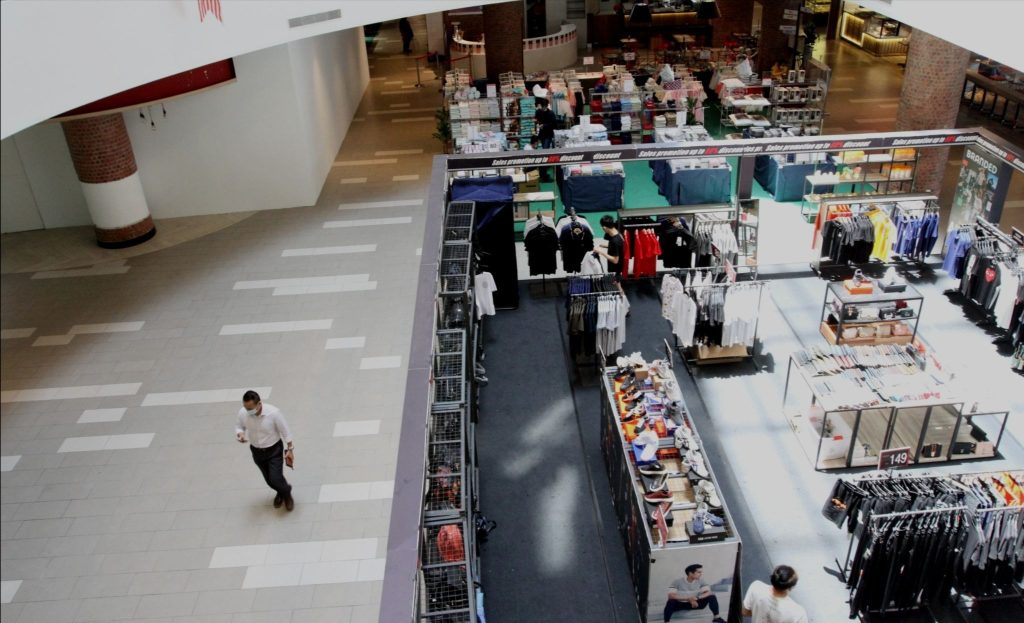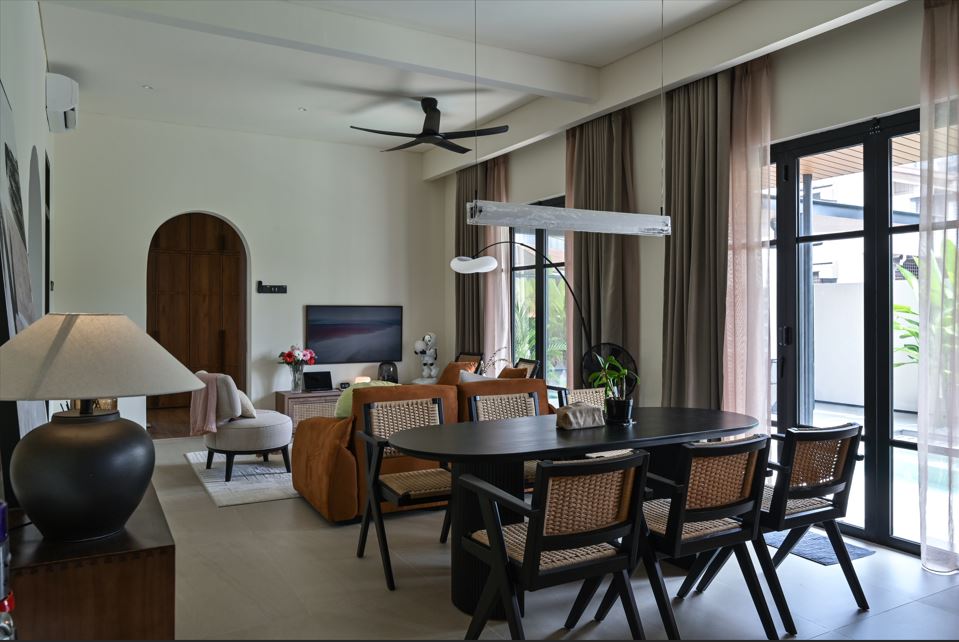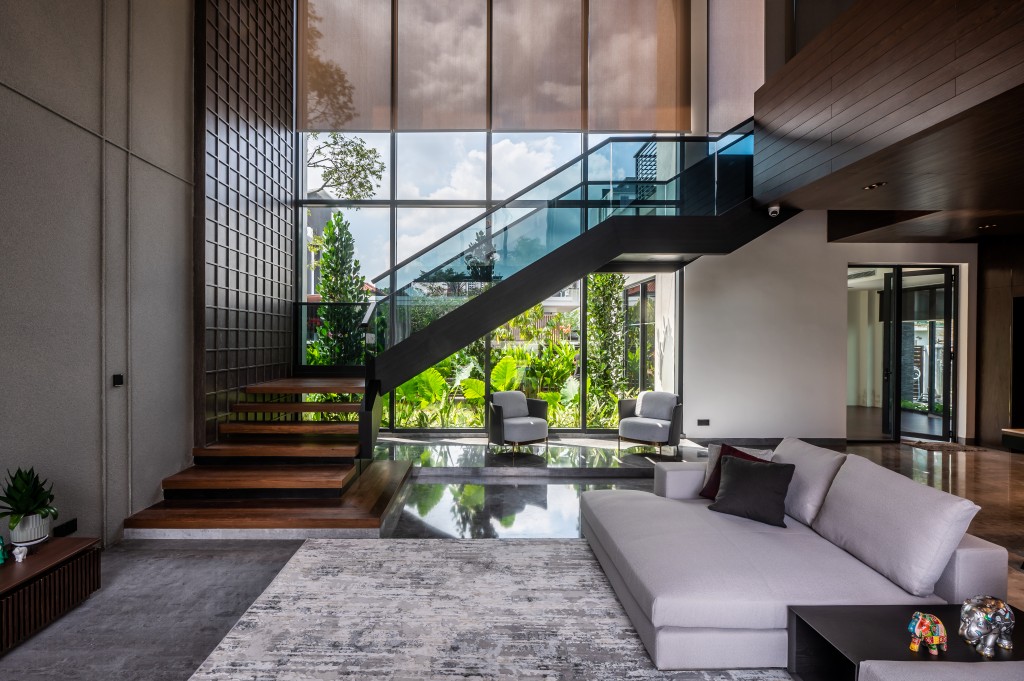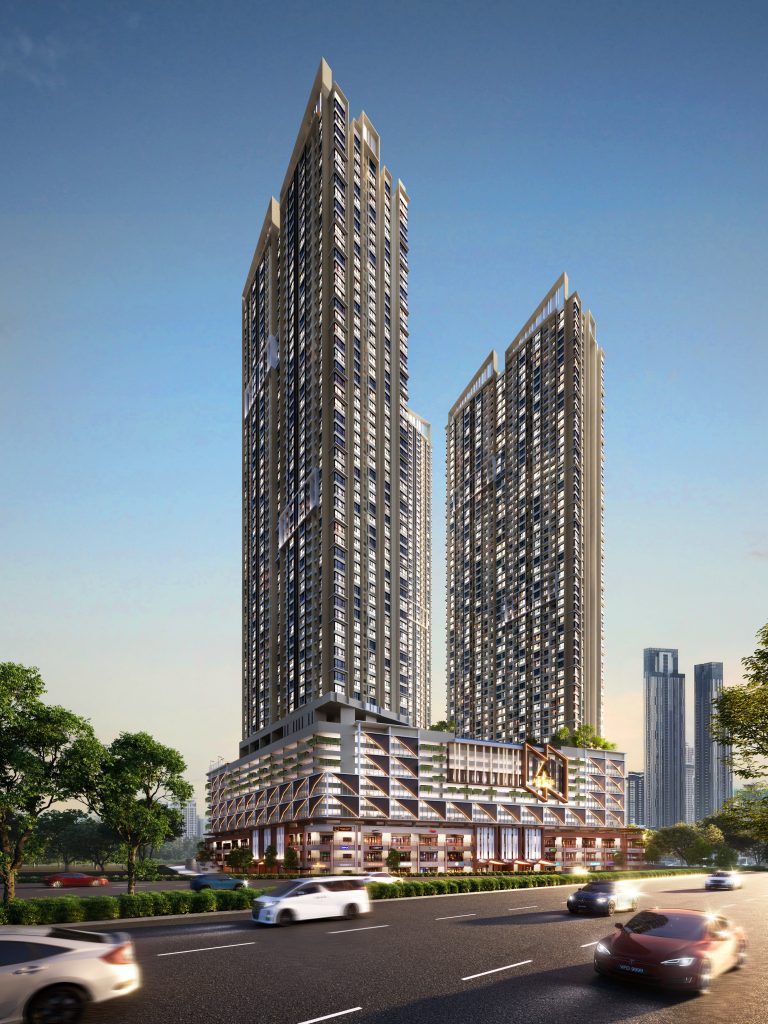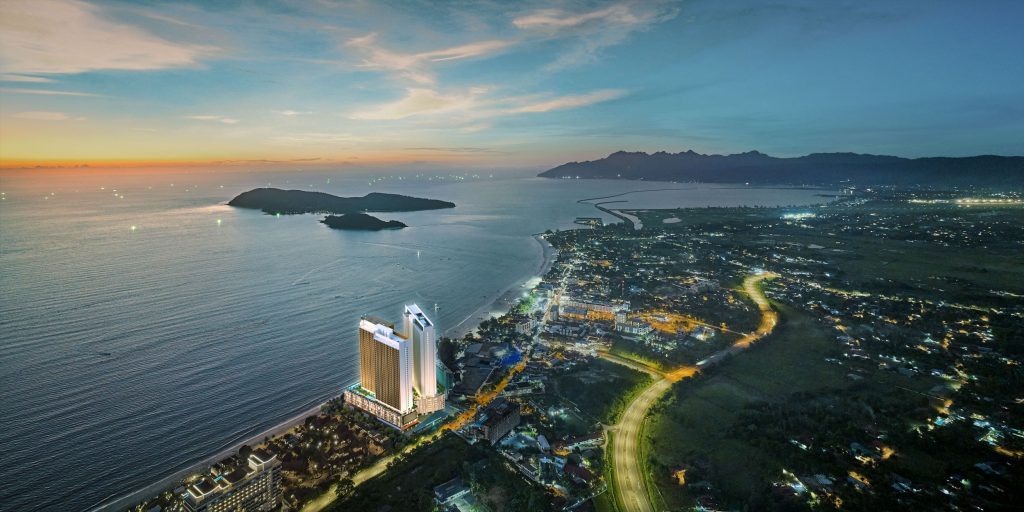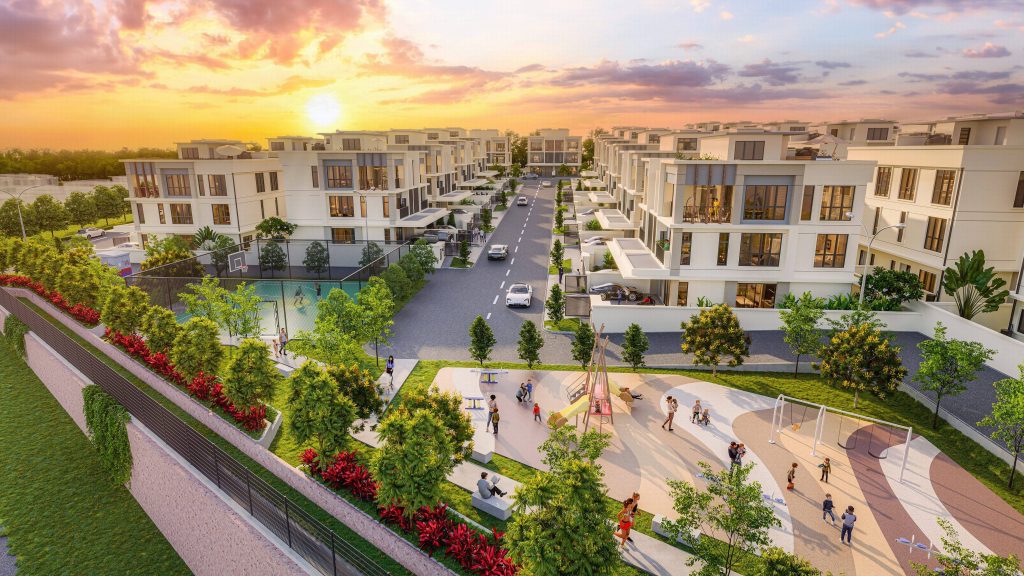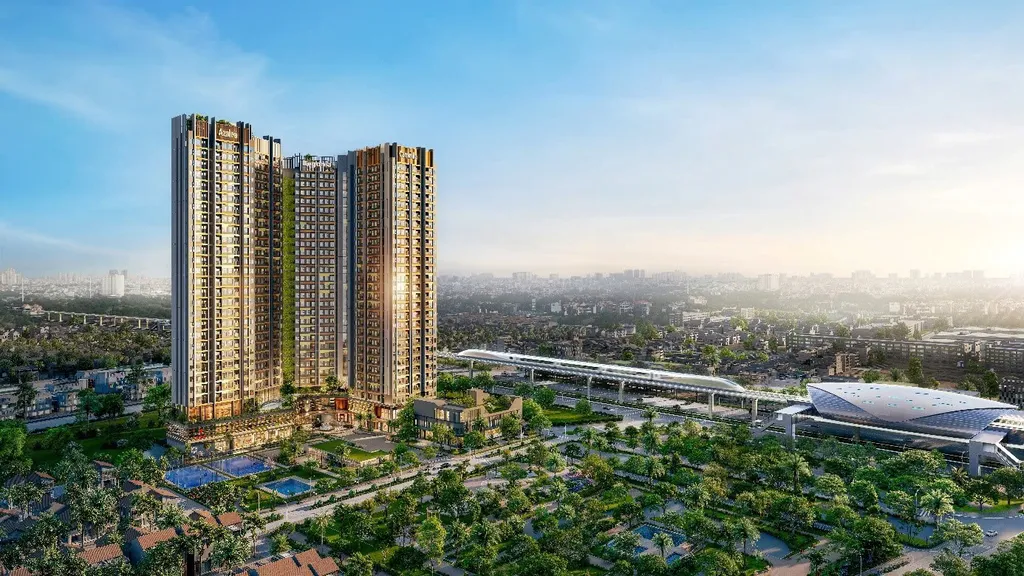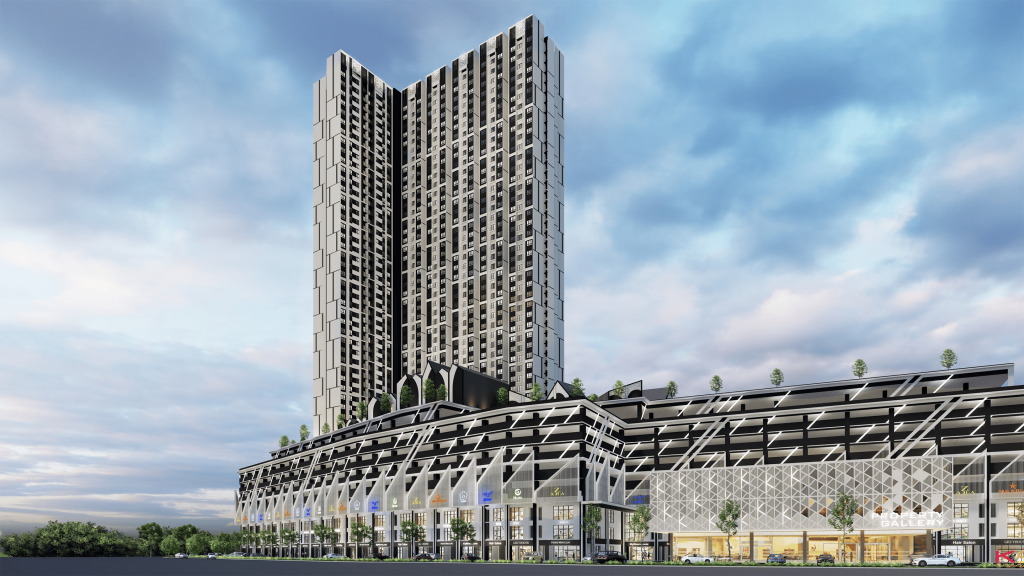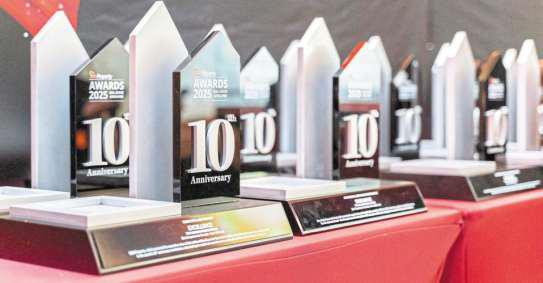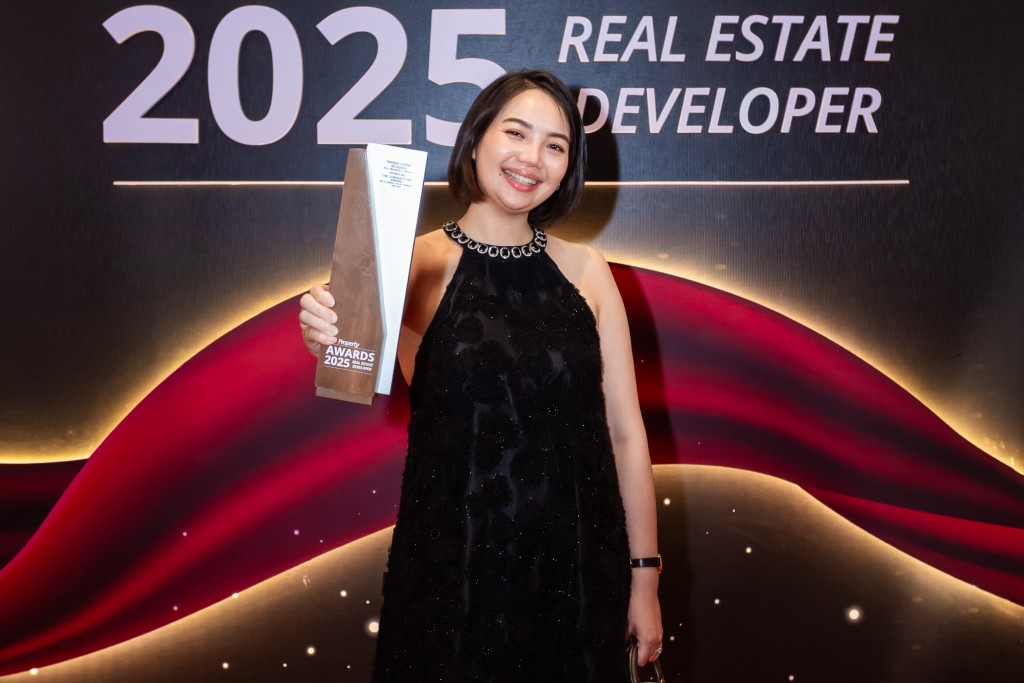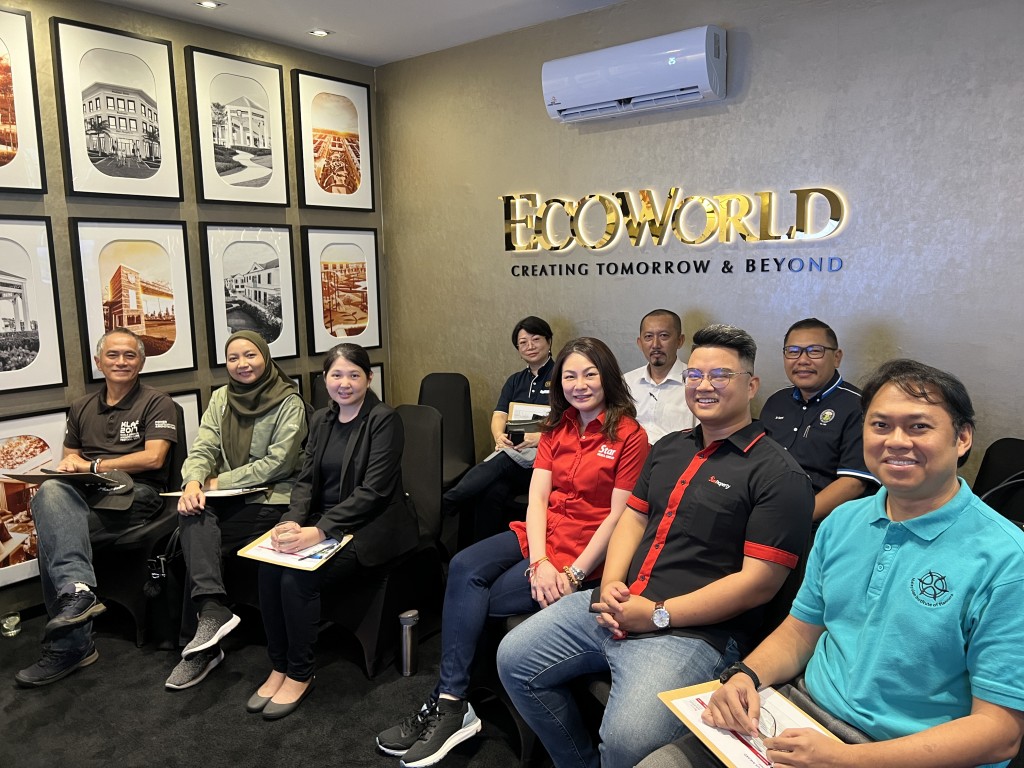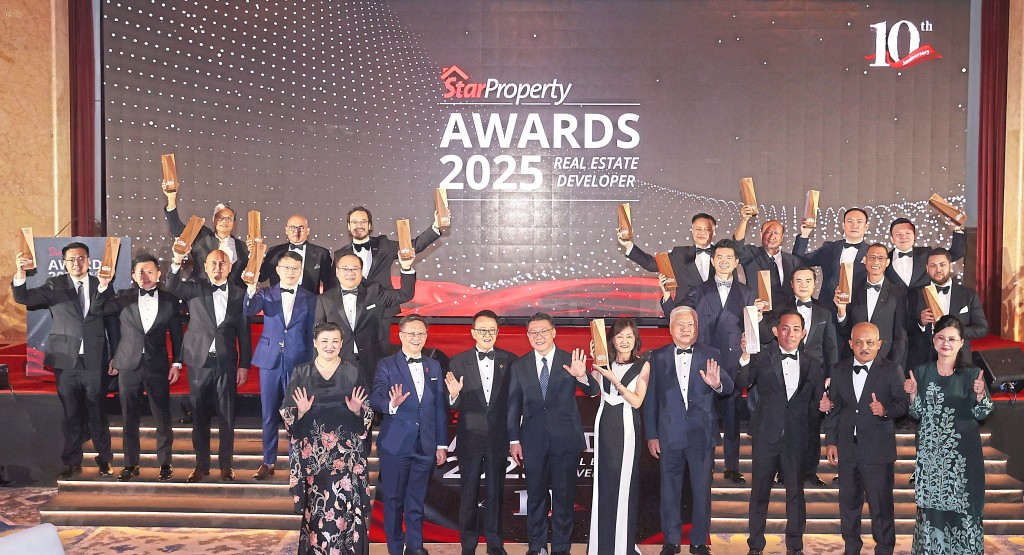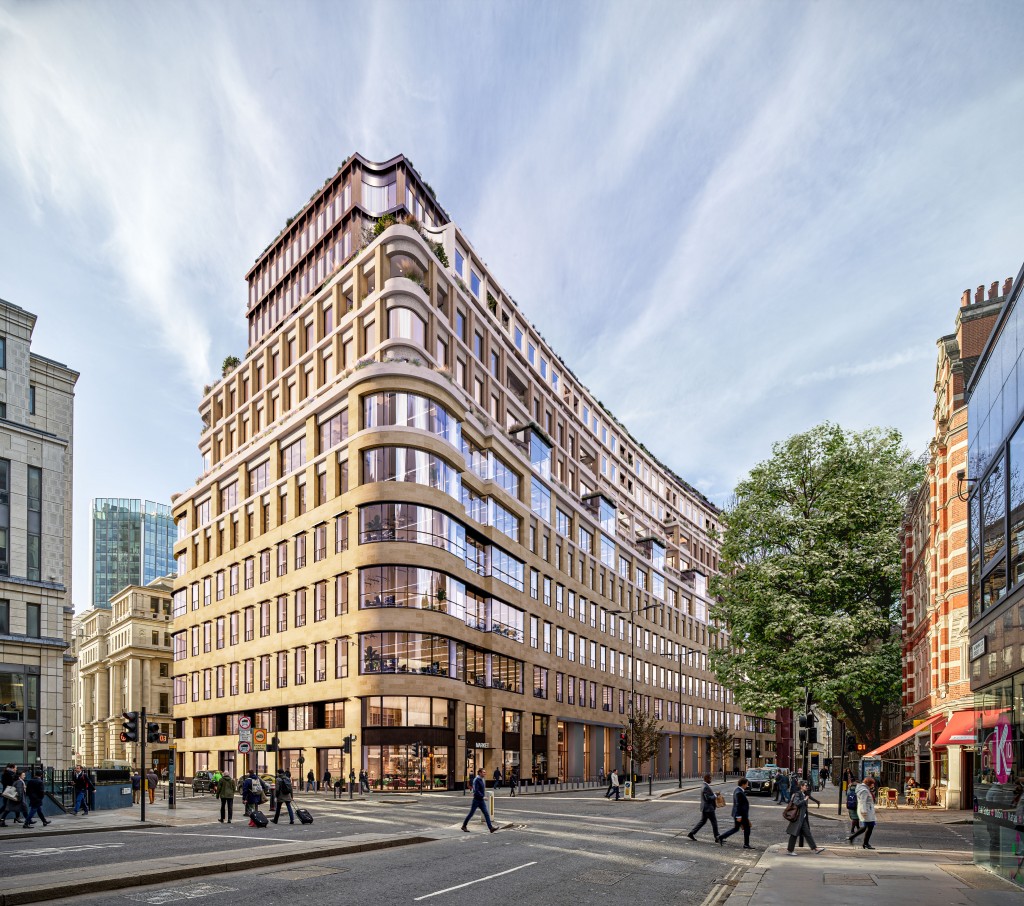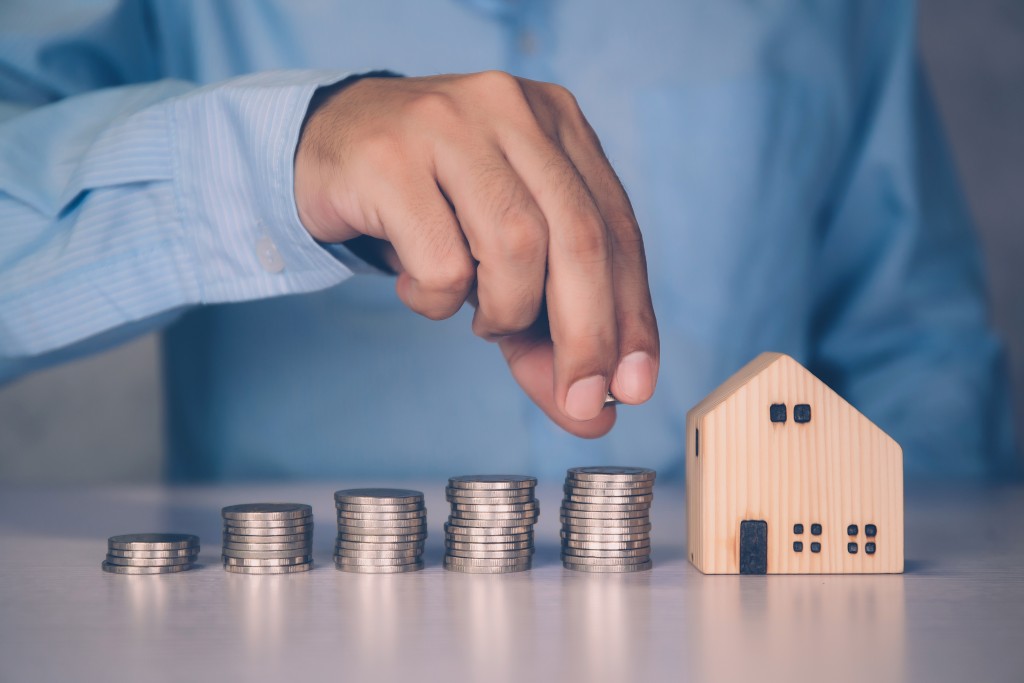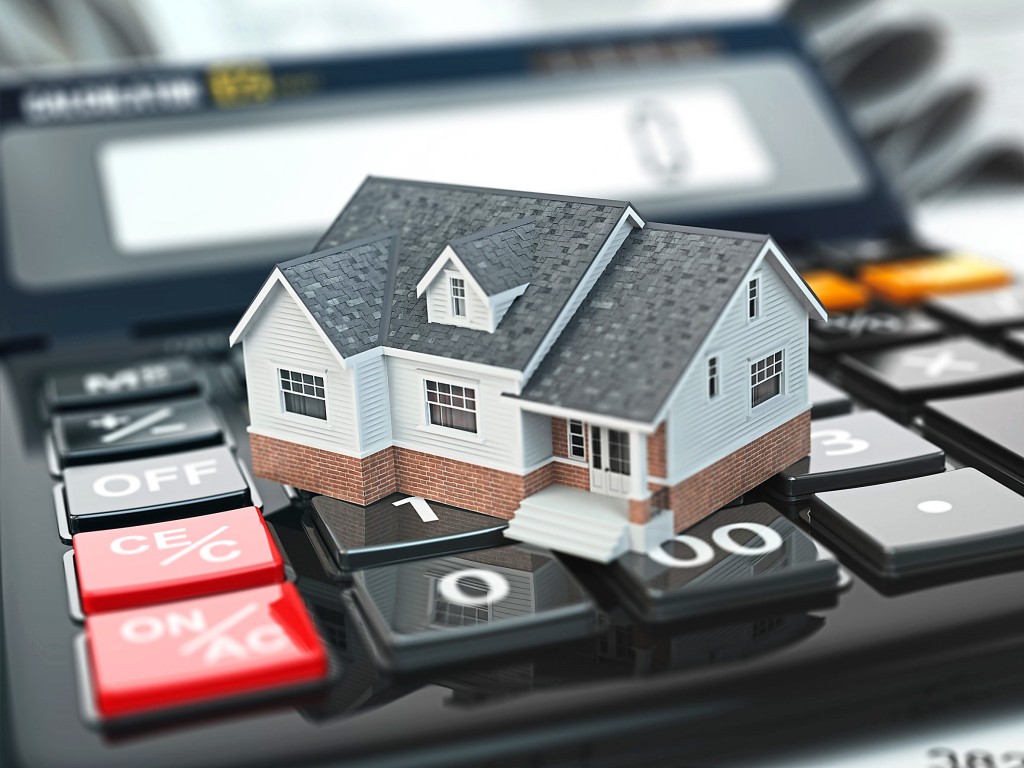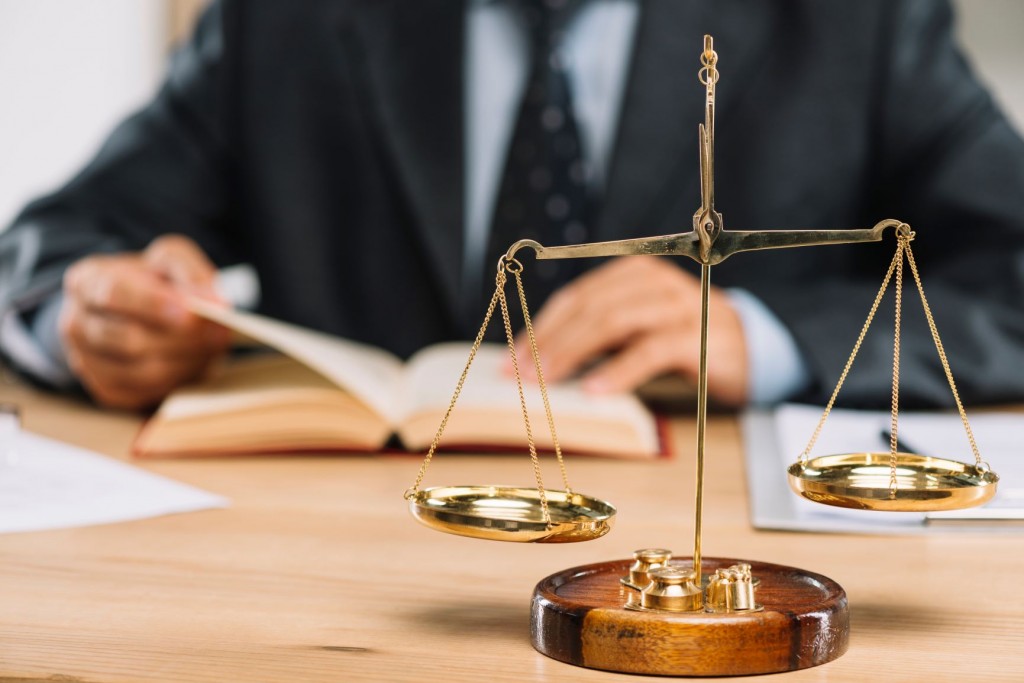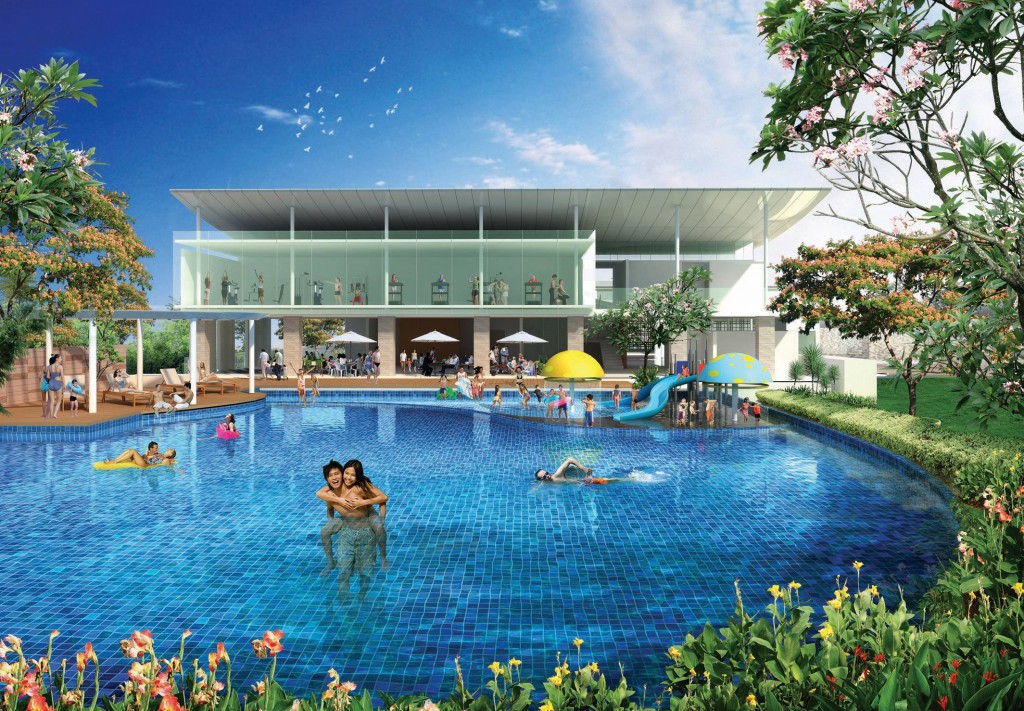Money a big deterrent to sustainable refurbishment
By Yanika Liew
It comes as no surprise that of all the barriers to sustainable refurbishment of Malaysia’s existing buildings, most of it comes down to the financial factor. From the joint management bodies to the developers and the residents, maintenance and refurbishment is a never-ending problem for all stakeholders.
Refurbishment is a costly endeavour, and most joint management bodies lack the resources to commit to sustainability when keeping up with maintenance is already a struggle. On the other hand, developers who do have the resources are unsure about the financial return on their sustainable investment.
“If I am concerned about the environment, I need to put in all this extra money into doing the proper refurbishment for my building, but because I am unable to guarantee, maybe guarantee is not the word, even be relatively sure that the money that I put in can translate into a better yield, a better rent or a better occupancy, I then naturally tend not to do it,” Rahim & Co International chief executive officer Siva Shanker said during the Sustainable Refurbishment of Existing Buildings roundtable.
In the mind of a property manager, he noted that there was no certainty in investing in sustainable refurbishment if it would not translate to future income.
“Cause at the end of the day, people have this mentality, if it's not broken, why fix it and especially if you’re running 10 buildings, you’re running a stable income, why rock the boat?” Malaysian Institute of Architects (PAM) past president Sarly Adre Sarkum said.
“Energy efficiency is the lowest hanging fruit in terms of financial return,” he added.
He pointed out that organisations such as the Malaysia Green Building Council were looking into environmental, social and governance (ESG) tools for the Malaysian public. These tools might include a way to calculate their personal carbon score and reduce energy usage. In comparison to professional tools such as the GeenRE rating, these tools were meant for the every-man.
Access to these tools might be able to motivate people to make small changes to their life, rather than take on costly refurbishments to the building itself.
Even with the increased focus on sustainability, Royal Institution Of Surveyors Malaysia (RISM) immediate past president Adzman Shah Bin Haji Mohd Ariffin explained that in Malaysia, international companies were more interested in Green Building Index certificates and sustainability ratings than local companies, which would rather choose in-house solutions to ESG such as waste collection.
“What is greener, a new electric vehicle, or driving a second-hand car? A new Grade-A building, or staying in an old building?” Real estate housing and development association Malaysia president Datuk NK Tong asked.
While it was understandable for homebuyers to want a new building to promote sustainable living, he noted that staying in an old building is likely to be greener. Even with a green building, which might utilise recycled scrap, it would still be an entire new building with new resources that had been expended.
In comparison, taking care of an existing building could be much better for the environment.
“Then we have the other problem, as was highlighted by population growth, at some point low-density buildings may be converted into high-density buildings to be able to have more people stay in a smaller footprint to preserve the environment,” Tong said.
“People tend to think high rise is bad for the environment, actually, one of the most environmentally friendly places on the planet, if you look at Hong Kong… 75% of it is green. Even though it’s so high-rise and it's so claustrophobic to some people, it is one of the greenest, only because you cannot build on the hills and mountains, and therefore it’s forced people to rethink how they live,” he added.
Adzman agreed that when it came to ESG, most companies participated because it had to be included in their annual reports.
“We are looking at the green building index (GBI), we are looking at a lot of things, using renewable resources to build buildings, but again, that stops when you sell the building and handover to the people who are supposed to own the building, what happens to post development?” he asked.
While buildings would still be subject to GBI, very few, if any, would inspect property management practices or enforce GBI requirements.
Affordable solutions
“Sustainability must come with affordability. At the moment, we are not affordable, we are not towards the affordable sustainability movement. We are going towards something more expensive,” Malaysian Institute of Architects (PAM) ESG committee chairman Axxu Hoi Jung Wai said.
Hoi pointed to the tendency of sustainable products to come with a price hike, creating an environment where only the upper and middle income could participate in sustainability initiatives. It was rare for such alternatives to be accessible to the B40. When surveyed, GreenRE senior assessor Colin Timothy said that there should be efforts made to lower the price of sustainable products and equipment, instead of having a cost premium for items just because it was a sustainable product.
It was along this vein that Hoi noted that in the interest of profit, sustainable initiatives often went out the window. For example, there used to be a recycle centre in Taman Desa, but the area was turned into development land, leaving the residents without a recycling option.
“Therefore, what I am suggesting here is, try not to look at sustainability as a market, or as a market opportunity, but let's look at something you can save…Go for green doesn't mean you spend more, but you can save more,” he pointed out.
“For example, an inverted aircon is actually more expensive than a normal aircon, but we should calculate how much we save for the next ten years. Is that feasible or doable? Another good approach is the passive design…That passive design is free of charge, we create more naturally ventilated buildings, we cultivate more natural lighting, you know to save a lot of lighting, this is all free. The sunlight is free, the wind is free, so we need this kind of business model and approach to thinking. Then only we can achieve sustainable and affordable green,” he said.
Adzman added that many foreign investors who purchase property in Malaysia do not pay for the maintenance fee and sinking fund, which adds to the financial constraints of building managers. Additionally, more legislation and mandatory refurbishments that did not take into account the struggles of management bodies could also further harm the people.
“If we are supposed to be repainting the building every ten years, we’re supposed to do the inspection every ten years, that’s very costly, and at the same time also we have to rectify all the defects,” he said.
Furthermore, he noted that there was there was a tendency among developers to mislead their purchasers on their waterproofing guarantee.
“The developers have got a ten-year guarantee, normally from the waterproofing contractor. That is quite normal in the contract, what the problem is, is that the developer only offers two-year defects liability period (DLP) under the law. So there’s already a mismatch there, how come you can discount it when you already have ten years? The owners have started to spend money on waterproofing in the third year already,” he pointed out.
“For maintenance or refurbishment all this, you’re involving a lot of people, involving a lot of subcontractors, if let's say we can put it under one solution, we can cut out a lot of costs,” Nippon Paint (M) Sdn Bhd general manager Tay Sze Tuck added.
With the issue of income generation, management bodies have also looked at the possibility of a penalty.
Under the local government act, non-payment of the assessment rate and non-payment of rent results in a foreclosure, but there is no such law in strata management that imposes punishments for non-payment of maintenance charges, Ishak pointed out.
As a solution, Adzman recalled an instance where a condominium management collaborated with the CTOS Credit Management system to create a solution to non-payers. CTOS will be informed of any late payment beyond RM1,000 and blacklisted. The residents pay because they are afraid their credit scores will affected.
However when it comes to maintenance fee and the sinking fund, the issue becomes whether the residents can pay at all, rather than just being unwilling to pay.
“The financial factor is more about affordability now… commercial building owners, they have their funds, but the strata owners, they are the ones who are being impacted now, and there's very little profit we get from the investments we have put in so we are stuck. At the same time, we still have to pay every month the maintenance fund and sinking fund which is already not enough to maintain the buildings at this point in time,” Adzman pointed out.
“For people who are managing stratified buildings, the only source of income is from maintenance charges and sinking funds. So we need to find the right strategy. MIPFM, we are proposing these strategies to achieve financial self-sufficiency in maintenance and management of affordable housing and public housing,” Malaysian Institute of Property & Facility Managers (MIPFM) president Ishak bin Ismail said.
The strategy utilised two prongs, the first one being income generation and the second cost reduction. As an example, he pointed to urban vertical farming on common property, which can be used to generate income. On cost reduction strategies, he pointed to LED lighting, water harvesting systems, or employing the residents instead of outsourcing services.
The government shouldn't be looking at imposing more tax to the stratified properties, because they govern their own compound, perhaps reduce tariffs for water and electricity rates, he said.
“Some of the buildings are even charged on the commercial rates, even if they are actually for residential use, it has been going on for years, and only revised when they make an appeal and application, and so on and so forth, so to me, I think these are things that require the government support,” Ishak added.
People factor
The issue was also the level of awareness among building owners. If they know they can save 10% of their cost, just by doing things like energy efficiency, then suddenly their eyes open, Sarly said.
“Educating tenants about sustainability practices and engaging them in energy and water conservation efforts can significantly improve a building’s environmental performance. Programs that encourage recycling, proper waste disposal, and mindful energy use can foster a community-wide commitment to sustainability, enhancing tenant satisfaction and retention,” CBRE WTW group managing director Tan Ka Leong said, when surveyed on the key issues in sustainable refurbishment.
“There is often a lack of awareness or understanding among property managers and owners about the benefits of sustainable practices and the best methods for implementing them. Additionally, there can be a shortage of skilled professionals who have expertise in sustainable building practices and technologies,” he added.
The solution to an affordable sustainable refurbishment solution can come from new income generation strategies such as urban farming, however, awareness raising among joint management bodies will take a much longer time. In return, developers and stakeholders with larger resources must put down financial commitment if they want to see the return of a green planet.
Stay ahead of the crowd and enjoy fresh insights on real estate, property development, and lifestyle trends when you subscribe to our newsletter and follow us on social media.



